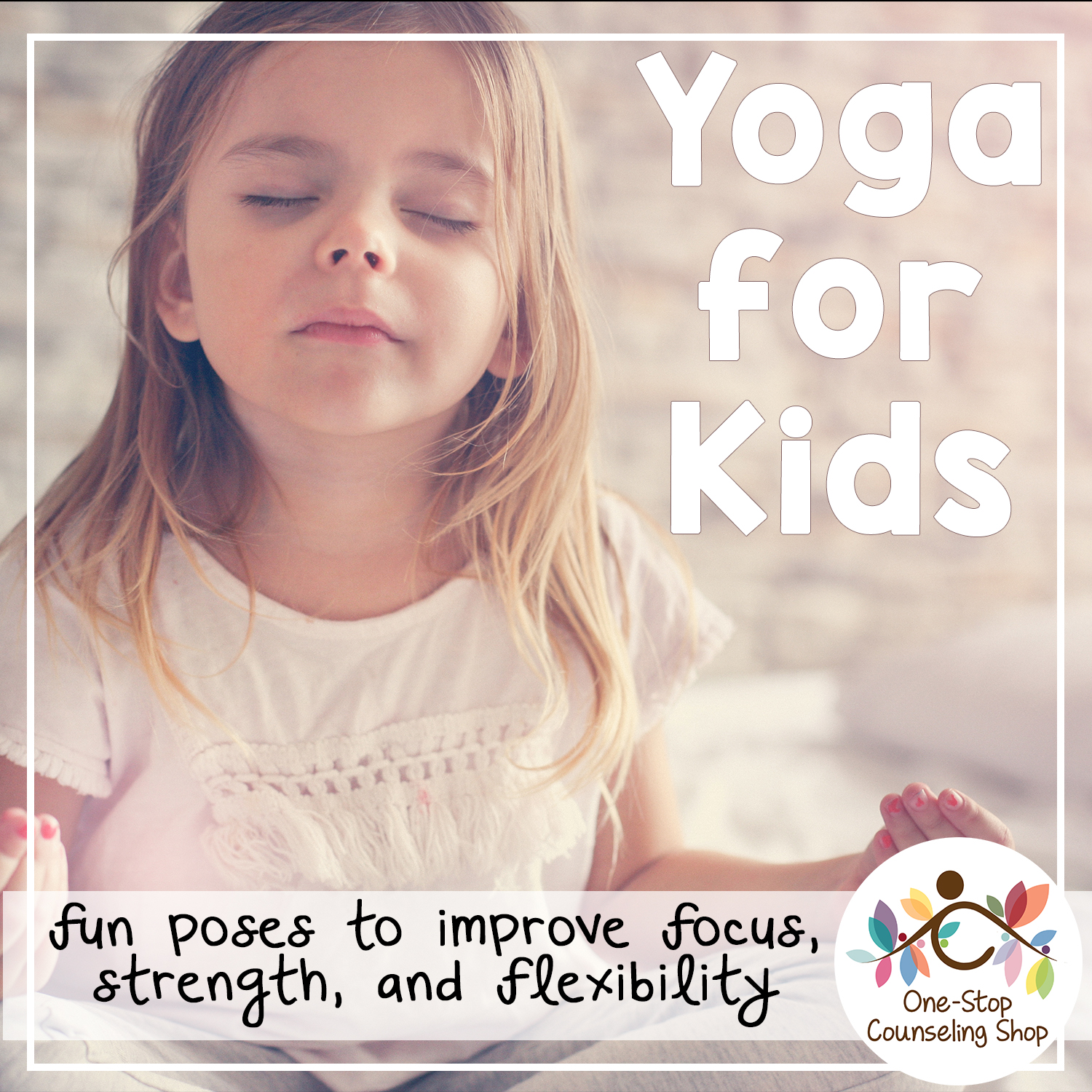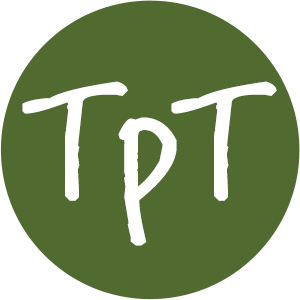
Two years ago, I moved from a little rural district to an urban one. There were lots of anticipated changes in terms of the number of students I’d work with, the demographics of the families I would serve, and the pure size of the district as a whole. However, one of the changes I didn’t feel completely prepared for was that my new district is 100% into Google Apps. Everything from calendar events to assessments, to agendas is kept on Google Drive. And while it was a bit of an adjustment for me coming from a district where EVERYTHING was paper, I have to say that now that I’ve made the switch, I love it.
As I’ve started moving some of my forms from paper to Google Drive, I’ve started using Google Forms more and more. I love the fact that I can send the form link to a teacher or parent to fill out, and the data is automatically transferred to a spreadsheet for me.
I just put two of my most commonly used forms up over on my TpT Store. The first one is a Social History Form. I realized pretty quickly that while sitting down and having a conversation with families gives me great information, not all families prefer face-to-face interaction. Several parents I’ve talked to have mentioned that being able to fill out the answers in their own time at home, and then follow up with me if I have additional questions or need more information, feels better to them than coming in to school or me going out to do a home visit. This completely editable Google Form provides special education teams, or school social workers, counselors, or psychologists a quick and easy way to gain important social history information from families to use during the special education evaluation and IEP writing process. Parent-friendly language gathers information regarding Academic History, Health History, Family & Cultural Considerations, and Social-Emotional Functioning.
The second form I added is a Classroom Observation Form. I’m getting called in to do “time-on-task” or other similar observations more and more and was really finding that I needed to have something a little more standardized to be able to compare results over time and from classroom to classroom. Attention concerns? Behavior intervention plan? Special education referral? Just wanting to see how a student you are working with compares to his/her peers in the classroom? This *COMPLETELY EDITABLE* classroom observation form can help you create a standard, objective way to measure a student’s behavior, social, and academic functioning in the classroom. It provides both a minute-by-minute account as well as an overview of areas of concern.
Over the next few months, I’m hoping to add lots more. What forms or data collectors would you most like to see?
































